Home>diy>Planning & Engineering>What Are The Duties Of A Landscape Architect


Planning & Engineering
What Are The Duties Of A Landscape Architect
Modified: January 4, 2024
Discover the responsibilities of a landscape architect, from planning and engineering to designing outdoor spaces. Learn more about this dynamic profession.
(Many of the links in this article redirect to a specific reviewed product. Your purchase of these products through affiliate links helps to generate commission for Storables.com, at no extra cost. Learn more)
Introduction
Landscape architecture is a field that combines art, science, and engineering to create beautiful, functional, and sustainable outdoor spaces. A landscape architect is responsible for designing, planning, and managing the development of these spaces, ensuring they meet the needs of both people and the environment.
With a keen eye for design and a deep understanding of environmental systems, landscape architects have the unique ability to transform any outdoor area into a harmonious blend of nature and human interaction. Through careful consideration of factors such as aesthetics, functionality, and environmental sustainability, landscape architects have the power to create outdoor spaces that not only enhance the visual appeal of a location but also improve the quality of life for its inhabitants.
In this article, we will delve into the duties of a landscape architect, exploring the various responsibilities they undertake to bring outdoor spaces to life. From education and training, to designing and managing landscapes, we will provide an overview of the diverse roles and skills required to excel in this profession.
So, whether you are curious about pursuing a career in landscape architecture, or simply interested in gaining a better understanding of the field, join us as we explore the fascinating world of landscape architecture and the duties of a landscape architect.
Key Takeaways:
- Landscape architects blend art, science, and engineering to create sustainable outdoor spaces that enhance quality of life. Their duties encompass design, collaboration, and environmental stewardship, shaping the world around us.
- From education and training to project management and environmental sustainability, landscape architects play a pivotal role in creating and maintaining outdoor environments that harmonize with nature and benefit both people and the environment.
Read more: What Is A Landscape Architect
Education and Training
Earning a degree in landscape architecture is the first step towards becoming a licensed and practicing landscape architect. Most countries and regions require landscape architects to hold a bachelor’s or master’s degree from an accredited program in order to obtain licensure.
During their education, aspiring landscape architects study a diverse range of subjects including design principles, horticulture, environmental science, ecology, site analysis, and construction techniques. They also gain hands-on experience through internships and design studios, where they work on real-world projects and develop essential skills.
Furthermore, obtaining professional certifications, such as becoming a Registered Landscape Architect (RLA) or a LEED Accredited Professional (LEED AP), can greatly enhance one’s credentials and job prospects in the field. These certifications signify a commitment to high standards of professional practice and sustainability.
Continuing education is also crucial for landscape architects to stay updated with the latest advancements and trends in the industry. They often attend workshops, conferences, and seminars to expand their knowledge and skills.
Overall, the educational journey to become a landscape architect is a rigorous one, as it requires a deep understanding of design principles, environmental systems, and construction techniques. These qualifications and experiences equip landscape architects with the necessary tools and knowledge to tackle the diverse challenges they will face in their profession.
Designing Outdoor Spaces
One of the primary duties of a landscape architect is to design outdoor spaces that are aesthetically pleasing, functional, and in harmony with the surrounding environment. They approach each project with a creative mindset, considering the needs and desires of their clients, as well as the potential opportunities and constraints of the site.
Landscape architects employ various design techniques and principles to create visually striking and cohesive outdoor environments. They carefully consider the arrangement of elements such as pathways, seating areas, plantings, water features, and structures to ensure a harmonious balance between form and function.
Additionally, landscape architects take into account the cultural, historical, and ecological context of the site, integrating elements that reflect the local context and enhance the overall sense of place. They create designs that not only serve the practical needs of the users but also create a sense of beauty and tranquility.
When designing outdoor spaces, landscape architects also consider factors such as accessibility and inclusivity. They strive to create spaces that are accessible to people of all abilities, ensuring that everyone can enjoy and engage with the environment.
Throughout the design process, landscape architects may use various tools and technologies to bring their vision to life. These can include digital rendering software, 3D modeling, and even virtual reality simulations, allowing clients and stakeholders to visualize the design before implementation.
In summary, designing outdoor spaces is a crucial duty of landscape architects. They blend their artistic vision, technical knowledge, and understanding of the natural environment to create beautiful and functional outdoor environments that enhance the quality of life for the people who experience them.
Creating Landscape Plans
Creating landscape plans is an essential duty of a landscape architect. These plans serve as the blueprint for the implementation of a landscape design, providing a detailed outline of the proposed elements and their placement within the site.
When creating landscape plans, landscape architects consider a multitude of elements, including the site’s topography, existing vegetation, soil conditions, drainage patterns, and utility infrastructure. They analyze these factors and incorporate them into their plan to ensure optimal functionality and environmental sustainability.
One of the key components of a landscape plan is the layout design, which illustrates the arrangement of features such as pathways, seating areas, gardens, and focal points within the site. This design takes into consideration the flow of movement, visual hierarchy, and spatial relationships between different elements, creating a harmonious and functional outdoor space.
In addition to layout design, landscape architects include detailed specifications and materials in the landscape plan. These specifications outline the types of materials, plants, and fixtures to be used in the project. They may also include information on irrigation systems, lighting design, and drainage solutions to ensure the proper functioning and maintenance of the landscape.
Creating landscape plans involves the use of computer-aided design (CAD) software, which allows landscape architects to create precise and detailed drawings. This technology enables them to generate accurate measurements and visualize the proposed design from different perspectives.
Throughout the process of creating landscape plans, landscape architects collaborate closely with clients, ensuring that their visions and desires are reflected in the final design. They also work in conjunction with other professionals, such as engineers and contractors, to ensure that the plan meets all technical and construction requirements.
Overall, the creation of landscape plans is a critical step in the design process. Landscape architects use their expertise to translate their conceptual designs into practical and detailed plans that guide the implementation of a landscape project.
Selecting and Incorporating Plants
Plants play a vital role in creating beautiful and sustainable outdoor spaces, and it is the duty of a landscape architect to select and incorporate the right plants into their designs. They carefully consider factors such as climate, soil conditions, maintenance requirements, and desired aesthetics when choosing plant species for a project.
Landscape architects possess in-depth knowledge of horticulture and plant biology, allowing them to select plants that are well-suited to the site’s specific environmental conditions. They consider factors such as sunlight exposure, soil pH, moisture levels, and hardiness zones to ensure the plants will thrive in their designated locations.
When incorporating plants into their designs, landscape architects consider various design principles, such as color, texture, form, and seasonal interest. They strategically place plants to create visual interest, focal points, and to enhance the overall ambiance of the space.
Besides aesthetics, landscape architects also consider the functionality of the plants. They select native or adapted plant species that contribute to biodiversity and support the local ecosystem. These plants have the ability to withstand local pests and diseases and require less water and maintenance, promoting sustainability and ecological balance.
Landscape architects also consider the long-term growth and maintenance of the plants in their designs. They account for plant spacing, growth rates, and maintenance requirements to ensure that the plants can thrive and be properly cared for in the future.
In addition to selecting and incorporating plants, landscape architects may also design irrigation and drainage systems to support plant health. They consider water conservation and efficiency, employing techniques such as drip irrigation or rainwater harvesting to minimize environmental impact and optimize plant growth.
By carefully selecting and incorporating plants into their designs, landscape architects create outdoor spaces that are not only visually appealing but also sustainable and resilient to environmental conditions.
Collaborating with Clients and Contractors
A crucial aspect of a landscape architect’s duties is collaborating with clients and contractors throughout the design and implementation process. Effective collaboration ensures that the client’s vision is realized and that the project is executed smoothly and efficiently.
When working with clients, landscape architects begin by actively listening to their ideas, needs, and desires for the outdoor space. They engage in meaningful discussions to gain a deep understanding of the client’s goals, preferences, and budget. This collaborative process helps landscape architects create designs that align with the client’s vision and expectations.
During the design phase, landscape architects continually communicate and present their ideas to clients, incorporating their feedback and making any necessary adjustments. They use visual tools such as sketches, digital renderings, and 3D models to help the client visualize the proposed design. This collaborative approach ensures that the final design reflects the client’s tastes and requirements.
Once the design is finalized, landscape architects collaborate with contractors and various professionals to bring the design to life. They develop detailed construction documents and specifications, which outline the materials, techniques, and timelines for the project. These documents provide clear instructions to contractors, ensuring that the design is implemented accurately and according to the landscape architect’s vision.
Throughout the construction process, landscape architects play an integral role in overseeing and coordinating the work. They work closely with contractors, observing the progress, resolving any issues that may arise, and ensuring that the design is executed to the highest standards.
Effective communication and collaboration continue even after the completion of the project. Landscape architects are involved in post-construction evaluations, ensuring that the implemented design meets the client’s expectations and taking any necessary steps for final adjustments or maintenance.
Proper collaboration with clients and contractors is essential to ensure successful outcomes in landscape architecture projects. By actively engaging in dialogue, actively collaborating, and maintaining open lines of communication, landscape architects are able to create outdoor spaces that meet the client’s needs and exceed their expectations.
When hiring a landscape architect, make sure to clearly communicate your goals and expectations for the project. Provide as much detail as possible to ensure the best results.
Managing Projects
Managing projects is a critical responsibility of landscape architects, as it involves overseeing the entire process from conception to completion. Project management ensures that timelines are met, budgets are adhered to, and the design vision is effectively translated into reality.
One of the key aspects of project management is developing and implementing a comprehensive project plan. This involves breaking down the design and construction process into manageable phases, setting clear goals and objectives, and establishing timelines and milestones. Landscape architects meticulously track the progress of each phase, ensuring that the project stays on schedule.
In addition to planning, landscape architects are responsible for managing project budgets. They estimate costs, analyze expenditures, and make informed decisions to ensure that the project remains within the allocated budget. They collaborate closely with vendors, contractors, and suppliers to negotiate prices and secure the necessary materials and services.
Effective project management also involves coordinating and supervising the efforts of various professionals involved in the project, such as engineers, horticulturalists, and contractors. Landscape architects act as a central point of contact, facilitating communication and ensuring that all team members are aligned with the project’s objectives.
Risk assessment and mitigation are also part of project management. Landscape architects identify potential risks or obstacles that could impact the project and develop strategies to overcome them. They devise contingency plans and implement measures to minimize any potential disruptions.
Furthermore, landscape architects are responsible for managing client expectations and providing regular updates on the project’s progress. They maintain open lines of communication, address any concerns, and keep the client informed throughout each phase of the project.
Throughout the construction process, landscape architects conduct regular site visits to monitor the quality of work, provide guidance, and ensure that the design intent is being realized. They oversee the installation of plants, fixtures, and other elements, ensuring that every detail is executed with precision.
Ultimately, effective project management is crucial to the success of landscape architecture projects. Landscape architects bring their organizational skills, attention to detail, and leadership abilities to each project, ensuring that the design vision is realized and the project is completed on time and within budget.
Conducting Site Analysis
A fundamental duty of a landscape architect is to conduct a thorough site analysis before designing any outdoor space. Site analysis provides critical information about the characteristics and conditions of the site, helping landscape architects make informed design decisions that are attuned to the context and opportunities of the location.
During the site analysis process, landscape architects consider various factors, including topography, soil composition, drainage patterns, climate, and existing vegetation. They study the site’s natural and built environment, taking note of its unique features, such as views, sunlight exposure, wind patterns, and any notable landmarks or historical elements.
Landscape architects also assess the site’s functional aspects, such as access points, circulation patterns, and utilities infrastructure. They consider how people will interact with the space, identifying potential challenges or opportunities to enhance usability and accessibility.
Furthermore, landscape architects conduct research on the site’s ecological conditions and biodiversity. They evaluate the ecological systems and habitats present, identifying ways to protect or promote biodiversity and enhance the ecological value of the site through design interventions.
By conducting a comprehensive site analysis, landscape architects are able to understand the site’s unique characteristics, constraints, and potentials. This knowledge informs their design decisions, ensuring that the final design integrates seamlessly with the surrounding environment and maximizes the site’s potential.
Site analysis also plays a significant role in determining the sustainable strategies for the project. Landscape architects identify opportunities to conserve resources, minimize environmental impact, and enhance ecological resilience. They may consider strategies such as rainwater harvesting, native plantings, permeable paving, or green infrastructure to mitigate stormwater runoff and promote environmental sustainability.
Effective site analysis goes beyond just collecting data. Landscape architects visit the site in person, observing and experiencing it firsthand. This allows them to understand the site’s unique qualities, gain a sense of its scale and proportions, and appreciate its existing character.
Overall, conducting a thorough site analysis is a crucial first step in the design process for landscape architects. It provides the foundation for informed decision-making, ensuring that the design is tailored to the site, optimized for functionality and sustainability, and harmoniously integrated with its surroundings.
Ensuring Environmental Sustainability
Environmental sustainability is a key consideration for landscape architects in their design and management of outdoor spaces. As stewards of the environment, landscape architects strive to create designs that not only enhance the beauty and functionality of a site but also prioritize the health and preservation of natural resources and ecosystems.
To ensure environmental sustainability, landscape architects employ a variety of strategies and practices throughout their projects. They prioritize the use of sustainable materials and construction techniques, choosing eco-friendly options that minimize the environmental impact of the project.
Furthermore, landscape architects actively incorporate principles of water conservation into their designs. They employ techniques such as rainwater harvesting, drip irrigation, and the use of native and drought-tolerant plant species that require less water. These strategies help minimize water waste and promote efficient water usage within the landscape.
In the selection and placement of plants, landscape architects prioritize native and adapted species that are well-suited to the local ecological context. Native plants require less maintenance and resources, as they have evolved to thrive in the specific environmental conditions of the region. The use of native plants also supports biodiversity, providing habitat for local wildlife and contributing to the overall health of the ecosystem.
Another aspect of sustainability that landscape architects consider is energy efficiency. They strategically design outdoor spaces to maximize shade and natural ventilation, reducing the need for artificial cooling systems. They also incorporate energy-efficient lighting options, such as LED fixtures, to minimize energy consumption and light pollution.
Additionally, landscape architects employ techniques to mitigate stormwater runoff and promote natural water filtration within the site. This may include the implementation of green infrastructure elements, such as rain gardens or bioswales, which help capture and treat stormwater, preventing erosion and reducing the impact on local water systems.
Throughout the lifecycle of a project, landscape architects prioritize proper maintenance and management of the landscape to ensure its long-term sustainability. They provide guidance on proper irrigation practices, plant care, and ongoing maintenance to ensure the health and longevity of the landscape.
Environmental sustainability is not just a responsibility of landscape architects, but also a valuable asset in creating resilient, healthy, and enjoyable outdoor spaces. By integrating sustainable practices and principles into their designs, landscape architects contribute to the conservation and preservation of our natural resources while creating spaces that meet the needs of people and the environment.
Read more: What Is A Green Landscape Architect
Maintaining and Managing Landscapes
Maintaining and managing landscapes is an ongoing duty of landscape architects to ensure the long-term health, functionality, and aesthetic appeal of outdoor spaces. Landscape architects have comprehensive knowledge of plants, ecosystems, and maintenance practices, allowing them to develop effective maintenance plans and strategies.
Landscape architects collaborate with clients, property owners, and maintenance teams to establish maintenance programs tailored to the specific needs of the landscape. These programs typically include regular maintenance tasks such as mowing, pruning, fertilizing, and pest management.
One aspect of landscape maintenance is plant care. Landscape architects supervise the proper care of plants, ensuring they receive adequate water, nutrients, and sunlight. They may provide guidance on plant selection, seasonal maintenance, and disease and pest control, ensuring a healthy and vibrant landscape.
In addition to plant care, landscape architects oversee the maintenance of hardscape elements such as pathways, seating areas, and structures. They ensure these elements are regularly inspected for safety, repaired as needed, and kept clean and well-maintained to preserve their functionality and visual appeal over time.
Furthermore, landscape architects monitor the health and vitality of the ecosystem within the landscape. They conduct periodic assessments to evaluate the conditions of the soil, water quality, and the overall health of the plants and wildlife. If necessary, they develop strategies to address any ecological challenges that may arise and restore the balance within the landscape.
Landscape architects also play a role in managing the budget and resources allocated for landscape maintenance. They aid in the selection of appropriate maintenance equipment and materials, ensuring the efficient use of resources and cost-effective maintenance practices.
Effective landscape management involves collaboration with contractors and maintenance teams. Landscape architects engage in ongoing communication and coordination to ensure that the maintenance program is implemented correctly and consistently. They provide guidance, training, and support to the maintenance teams, ensuring that the landscape is managed in accordance with the design intent.
Furthermore, as landscapes evolve and change over time, landscape architects may be involved in periodic updates and renovations. They assess the changing needs and desires of clients, conduct site analysis, and develop new design concepts to enhance or adapt the landscape as necessary.
In summary, maintaining and managing landscapes is a critical responsibility of landscape architects. By overseeing the care and preservation of the landscape, landscape architects help ensure its longevity, functionality, and visual appeal, while also optimizing its ecological balance and enhancing the quality of life for those who experience it.
Conclusion
Landscape architects play a pivotal role in shaping the outdoor environment by combining artistry, scientific knowledge, and engineering expertise. Their duties encompass a wide range of responsibilities, from designing and planning outdoor spaces to managing projects, collaborating with clients and contractors, and ensuring environmental sustainability.
Through their education and training, landscape architects develop a deep understanding of design principles, horticulture, environmental sciences, and construction techniques. This knowledge allows them to create outdoor spaces that are not only aesthetically pleasing but also functional and sustainable.
When designing outdoor spaces, landscape architects carefully consider the unique characteristics of the site, the needs and desires of the clients, and the environmental context. They use their creative vision and technical expertise to create harmonious designs that enhance the quality of life for those who experience them.
Collaboration with clients and contractors is essential to ensure that the landscape architect’s vision is realized. By actively involving clients in the design process and maintaining open lines of communication, landscape architects create outdoor spaces that align with the client’s goals and expectations.
Moreover, landscape architects understand the importance of environmental sustainability. Through proper site analysis, selection of sustainable materials, consideration of water conservation practices, and promotion of ecological balance, landscape architects strive to create landscapes that are environmentally responsible and resilient.
Maintaining and managing landscapes is an ongoing duty of landscape architects. They develop maintenance programs, oversee plant care, manage resources, and ensure the long-term health and vitality of the outdoor space. By continually monitoring and adapting the landscape, landscape architects ensure that it remains vibrant and functional for years to come.
In conclusion, landscape architects play a vital role in creating and managing outdoor spaces that enhance our quality of life, stimulate our senses, and contribute to the well-being of both people and the environment. Their expertise, creativity, and commitment to sustainability make them valuable professionals in shaping the world around us.
Frequently Asked Questions about What Are The Duties Of A Landscape Architect
Was this page helpful?
At Storables.com, we guarantee accurate and reliable information. Our content, validated by Expert Board Contributors, is crafted following stringent Editorial Policies. We're committed to providing you with well-researched, expert-backed insights for all your informational needs.
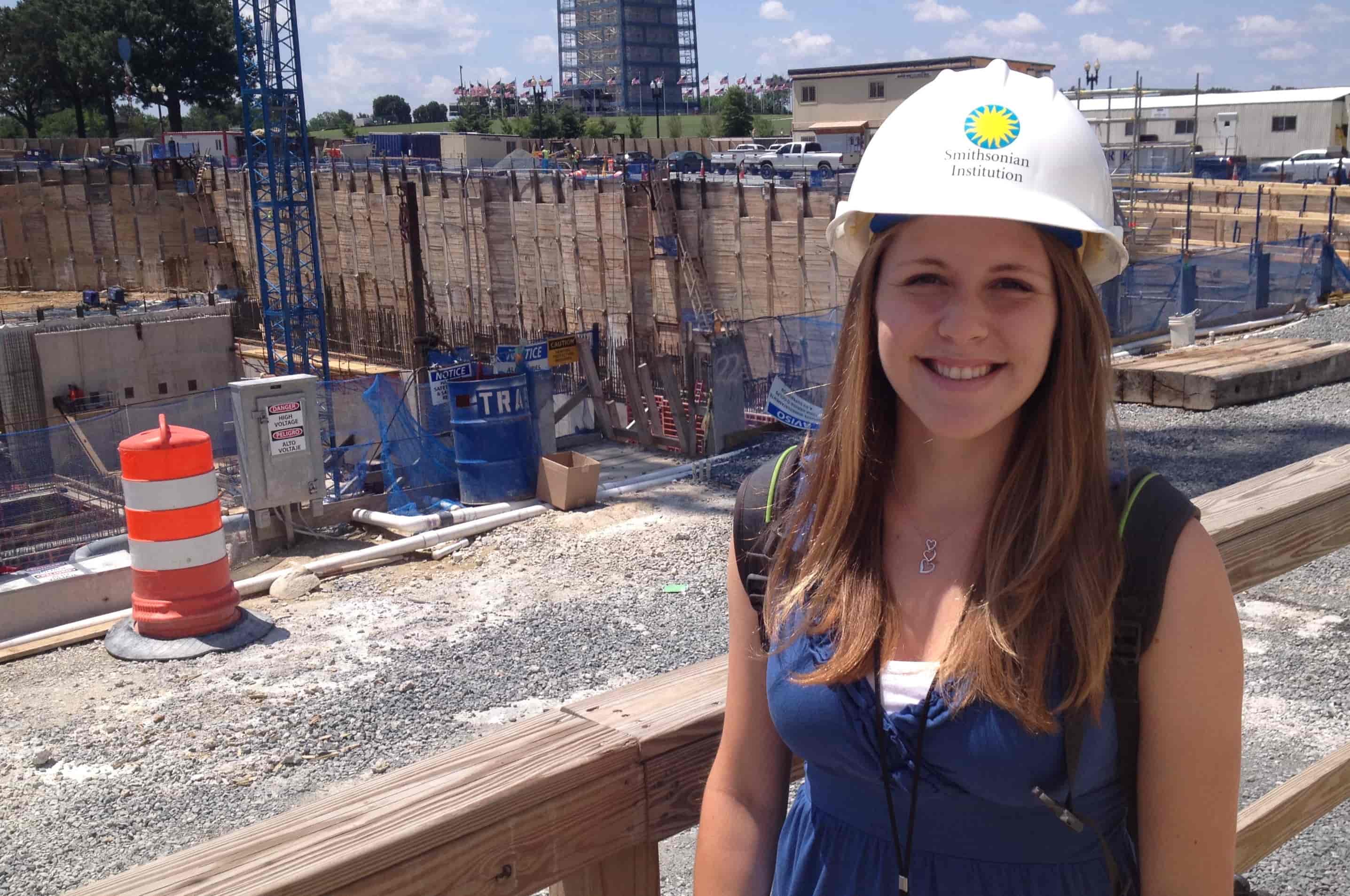
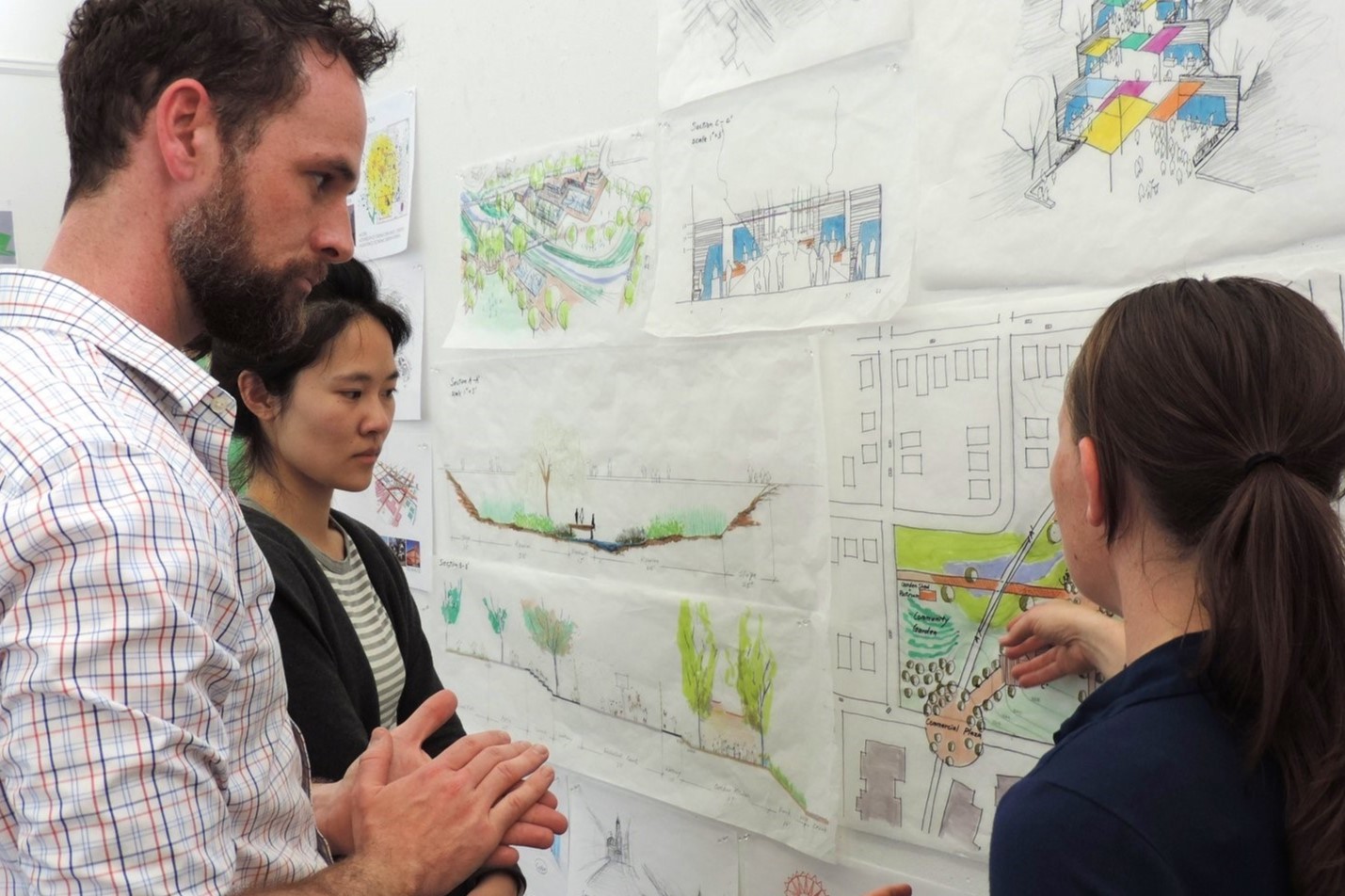
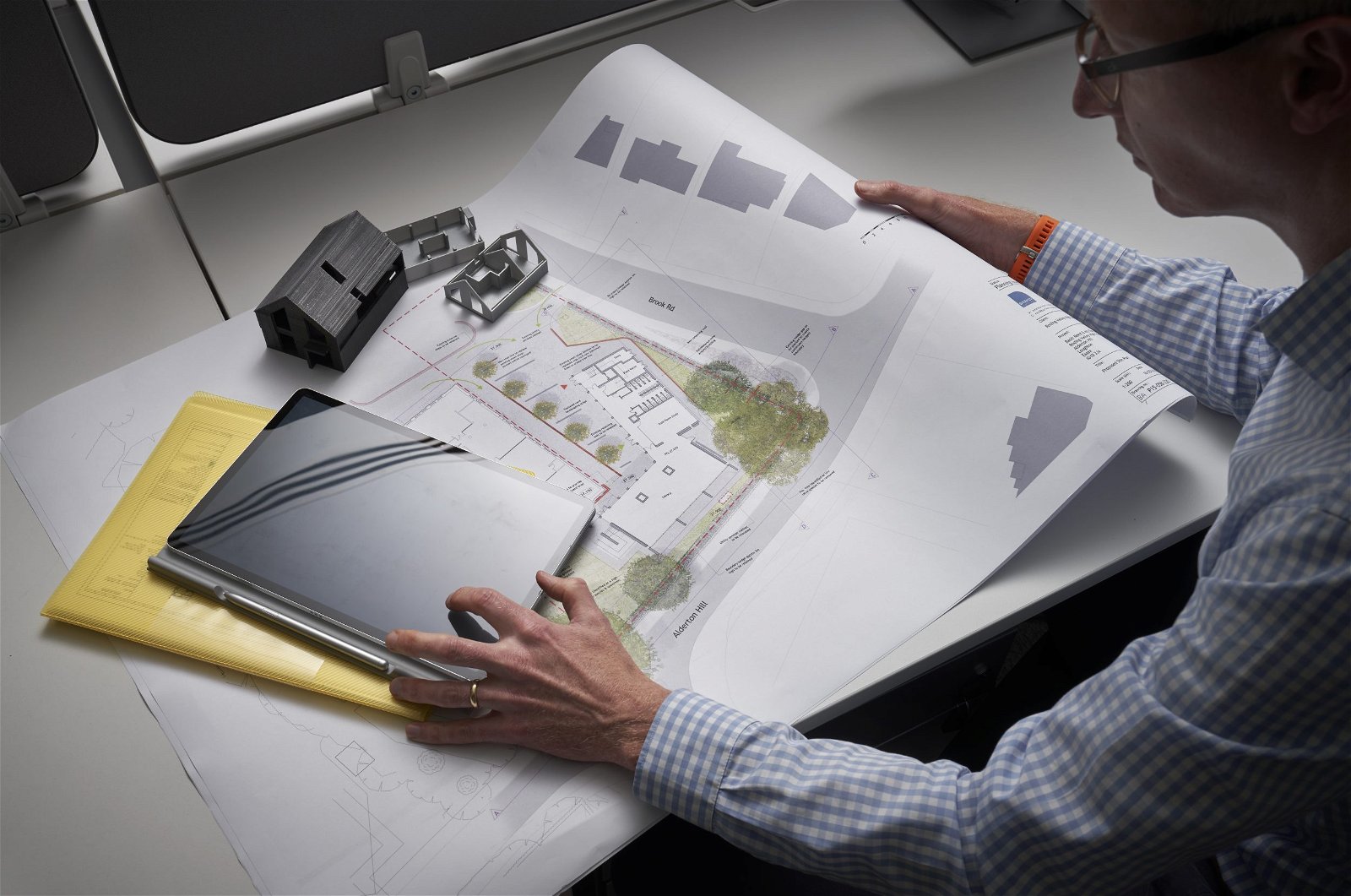
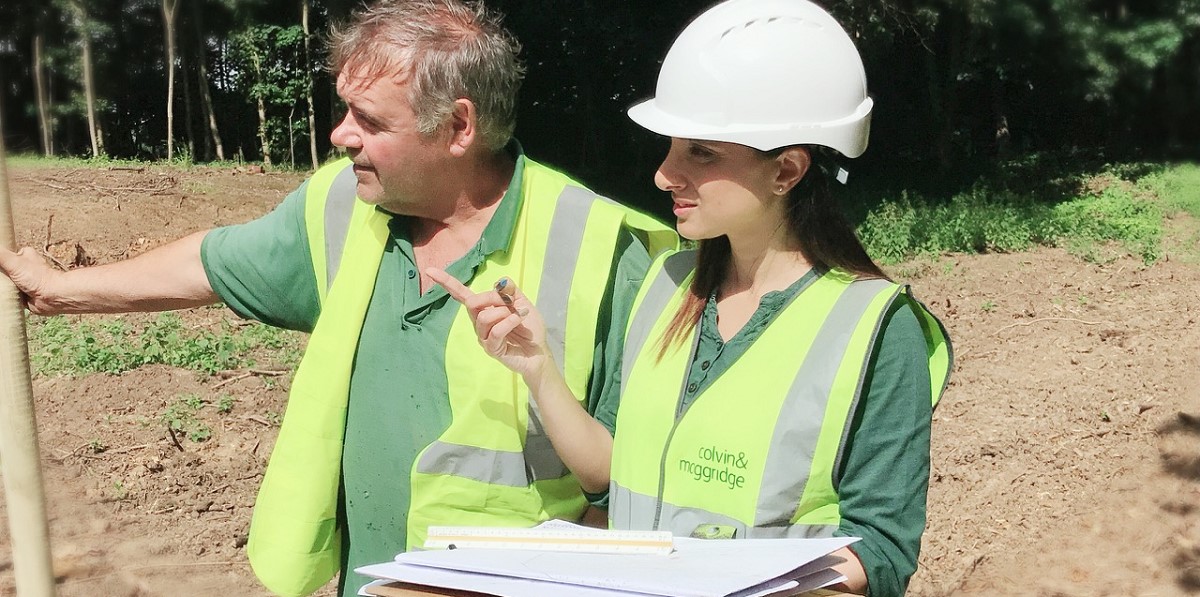
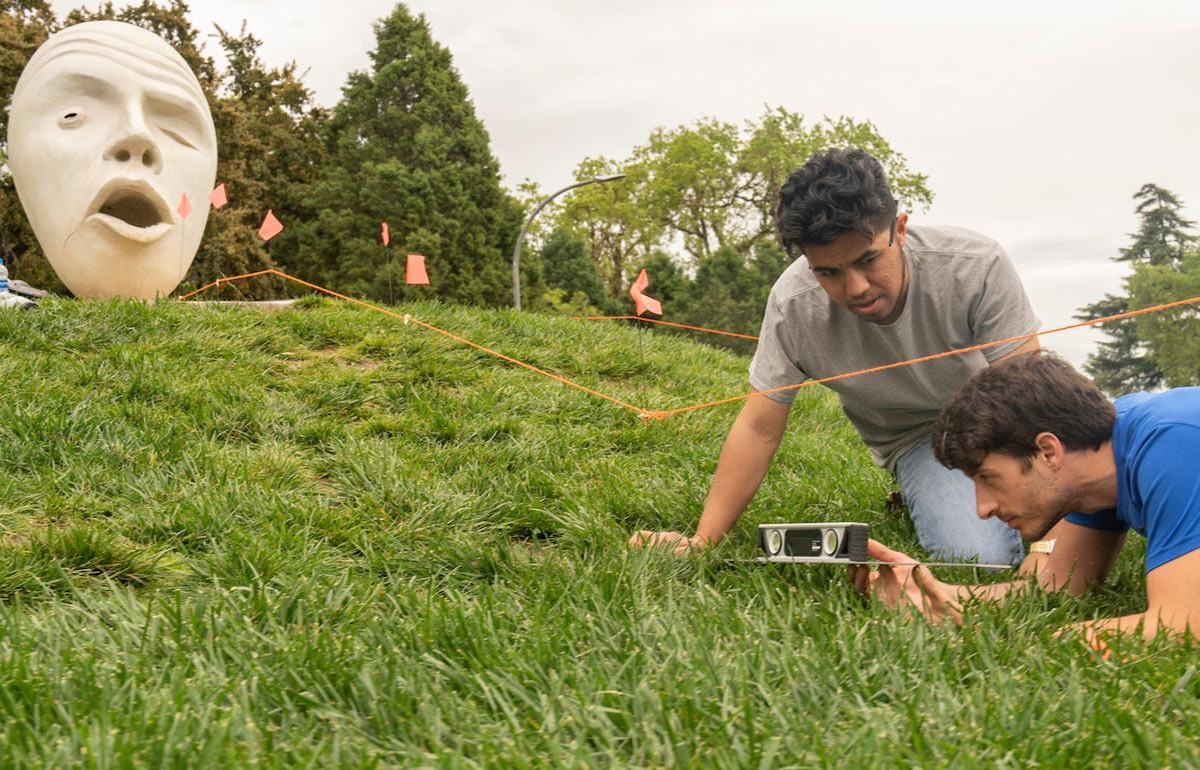
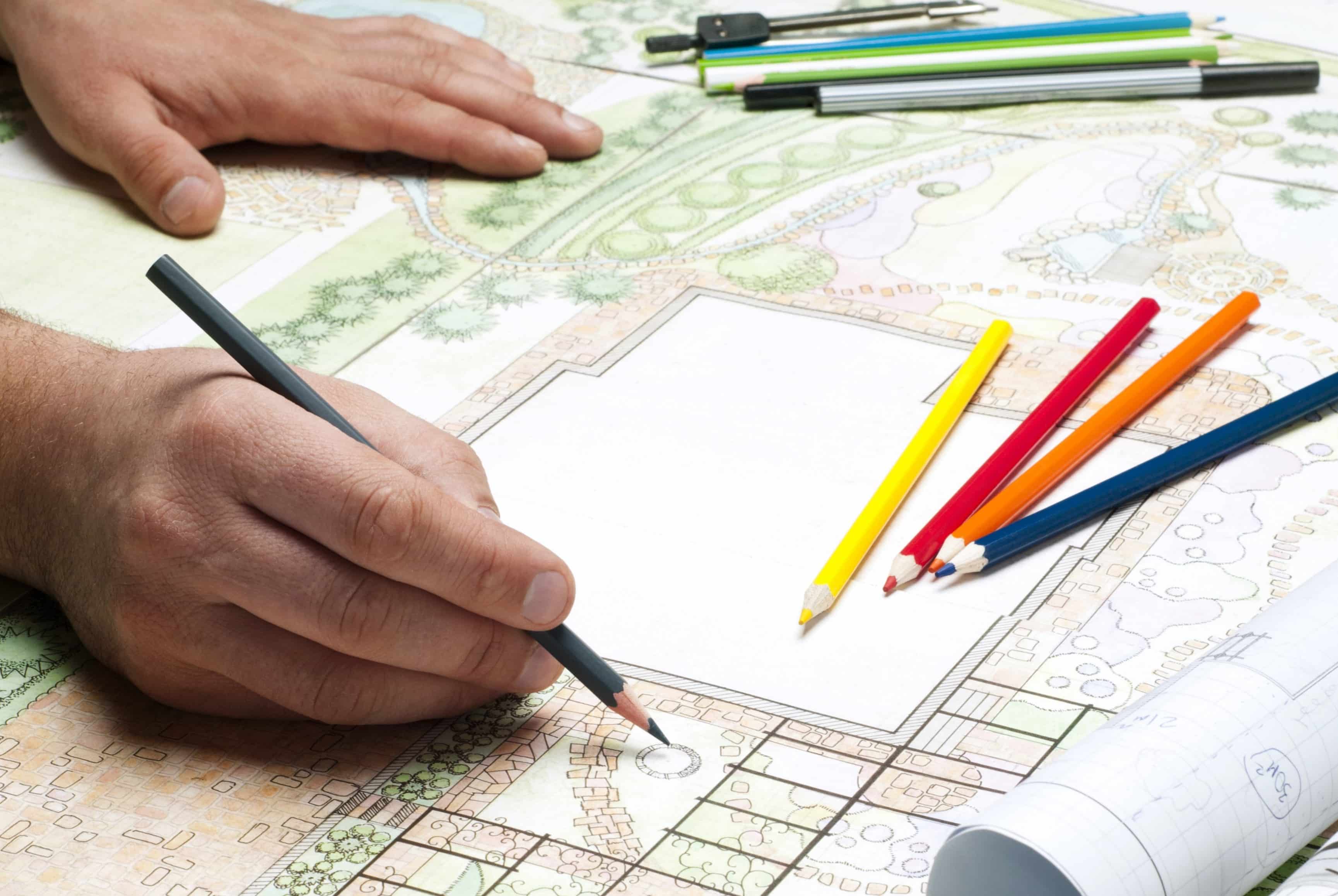
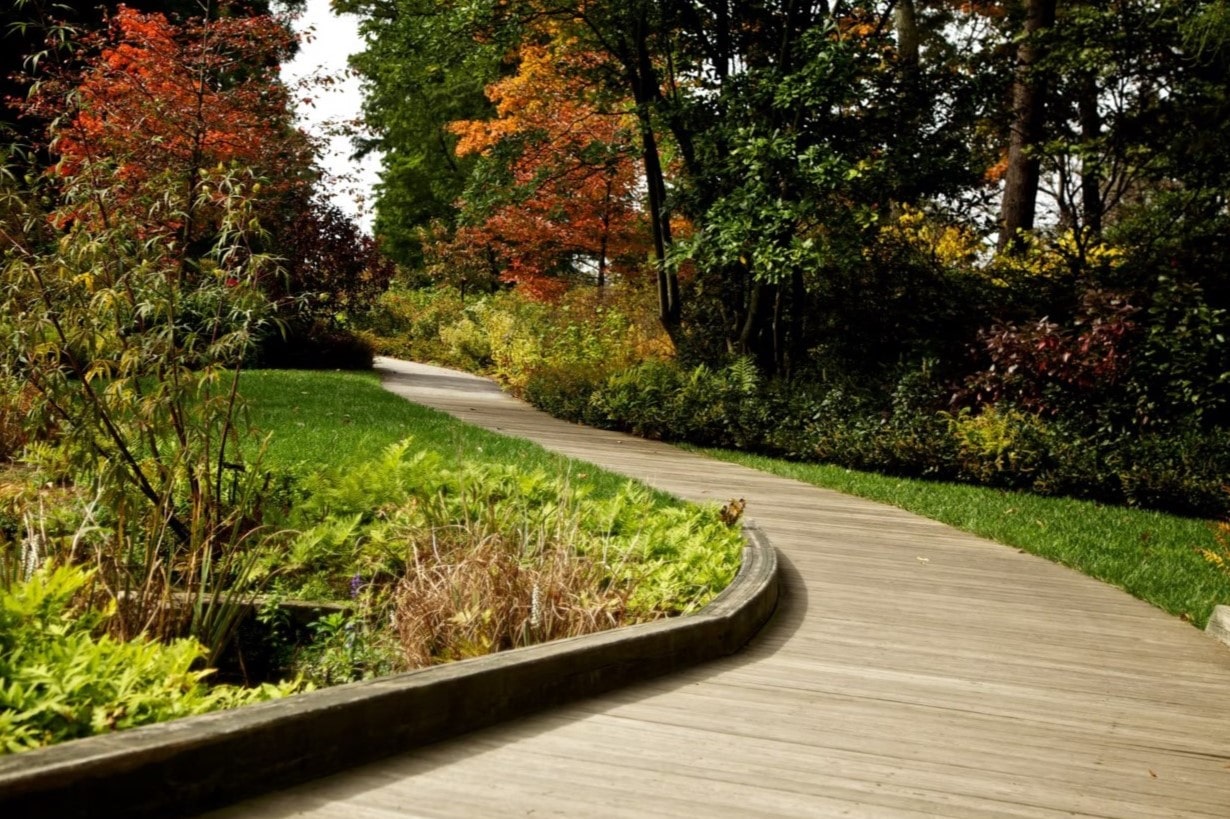
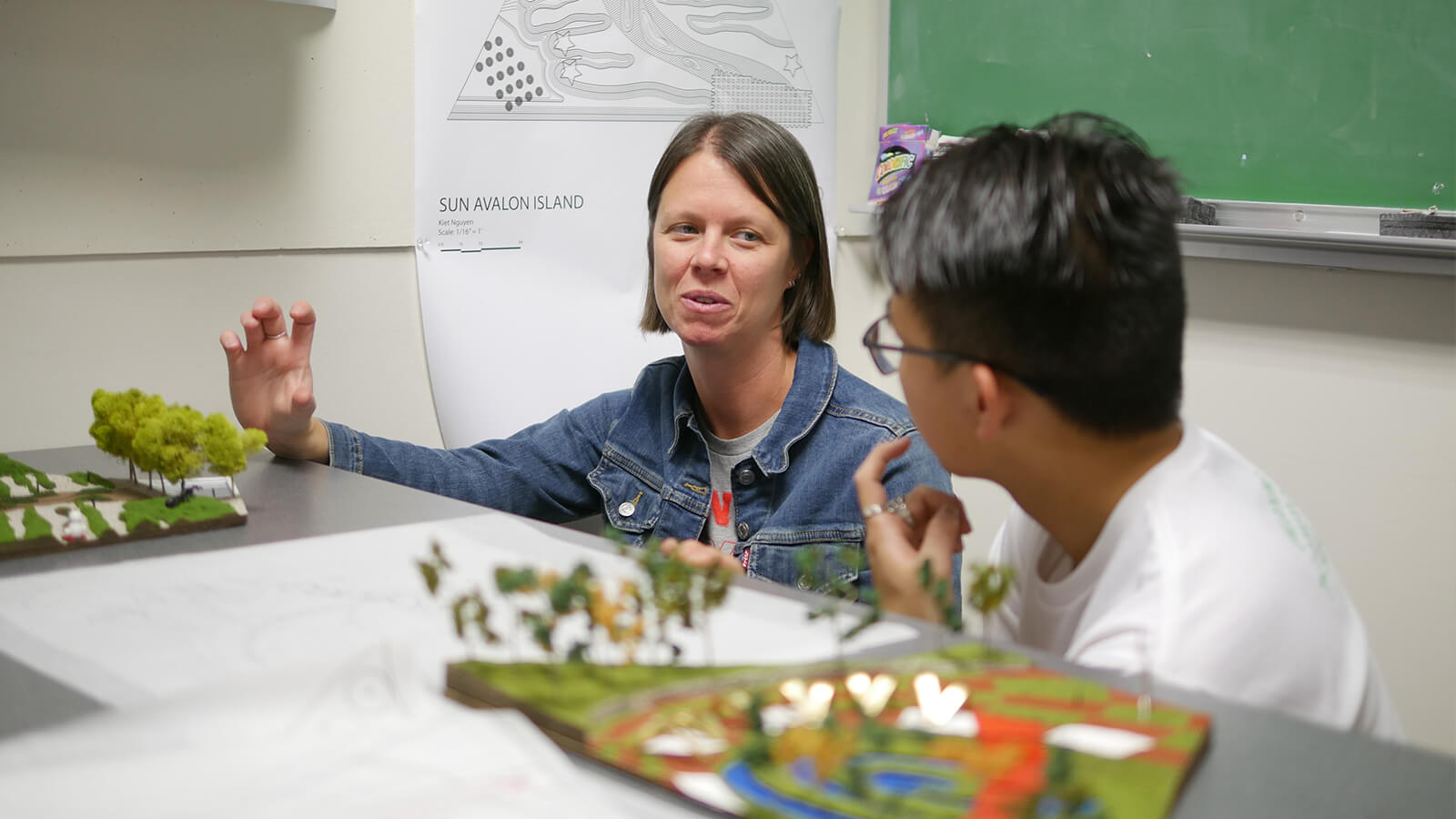
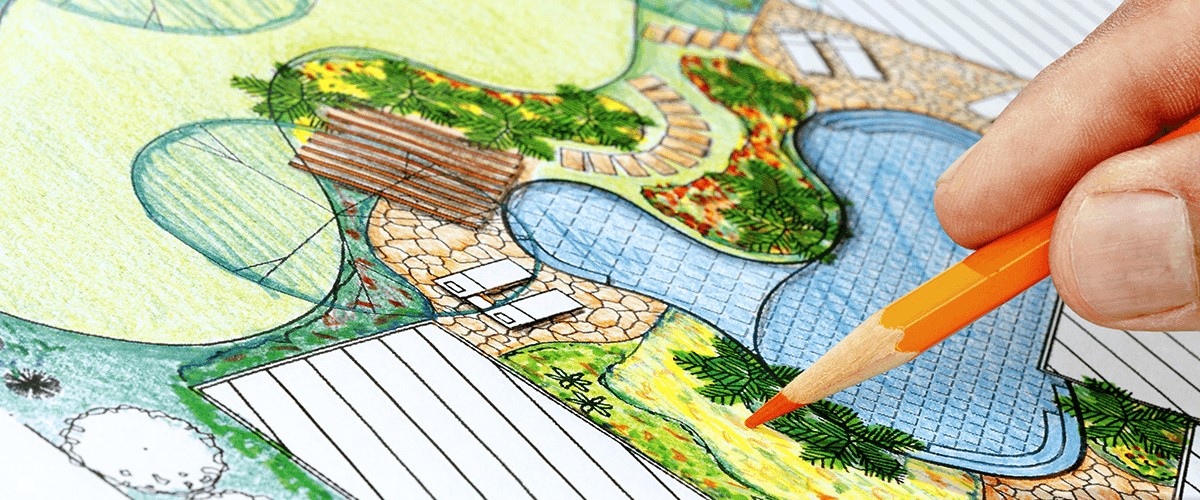

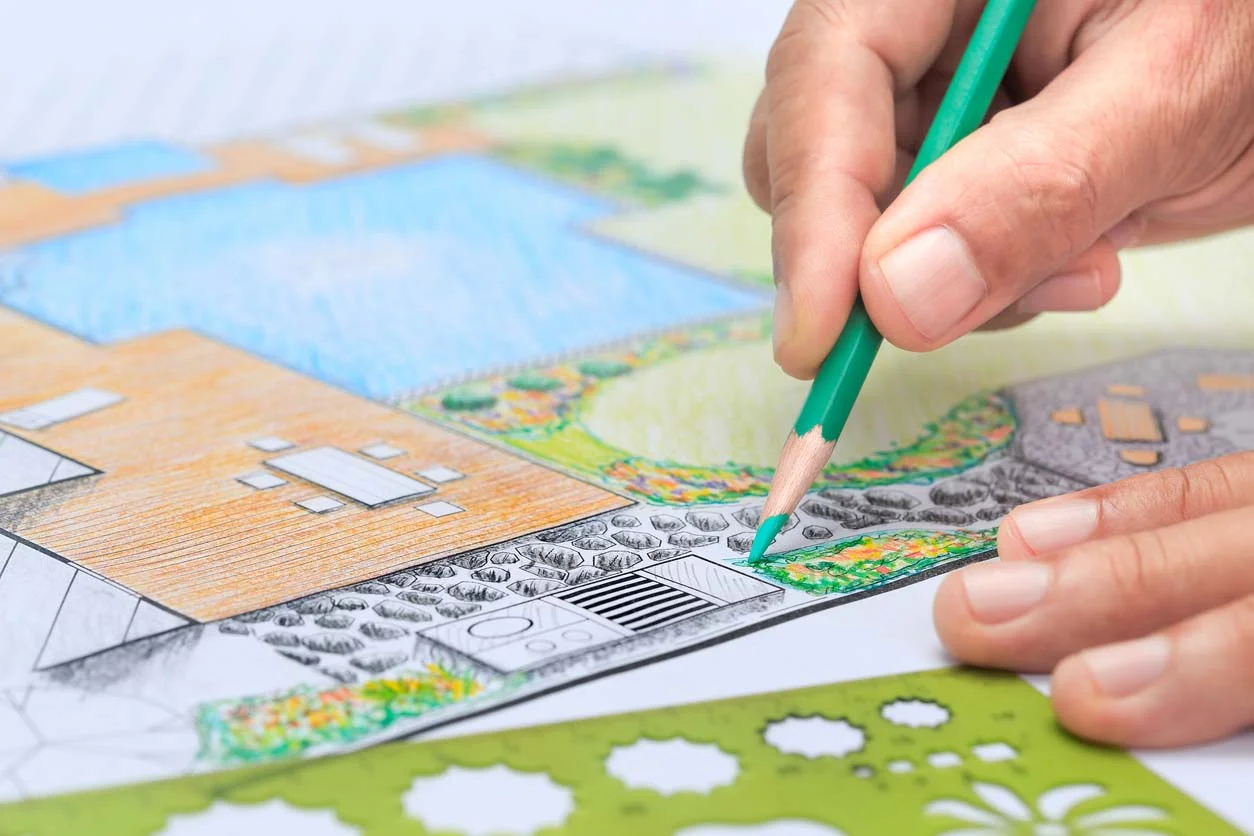

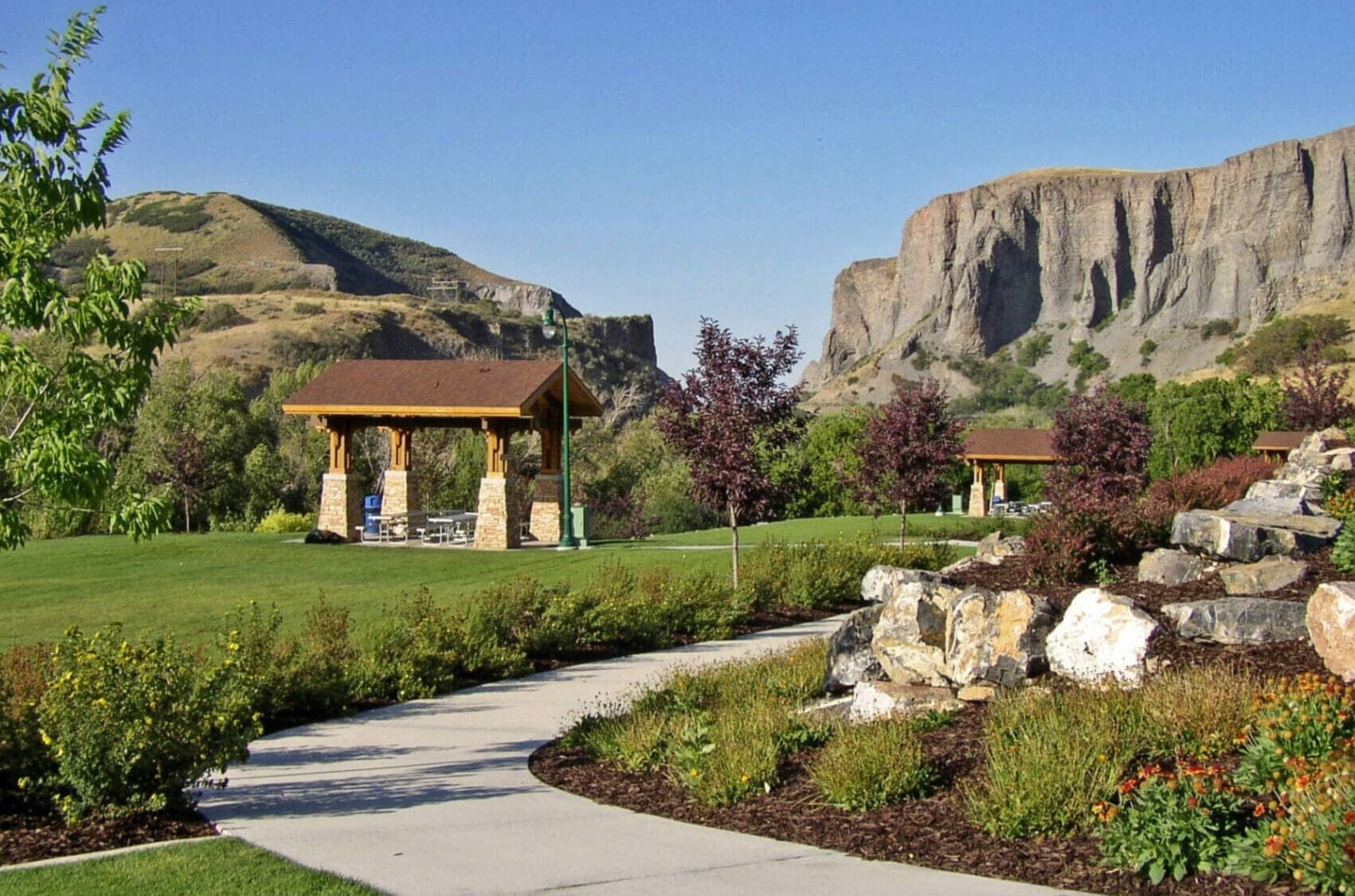

0 thoughts on “What Are The Duties Of A Landscape Architect”